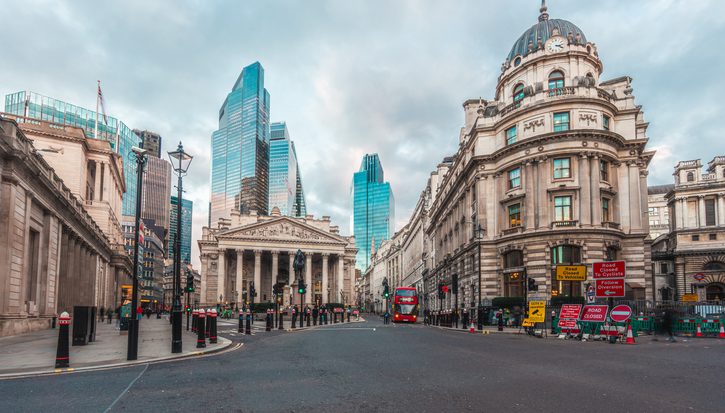Net zero places: A community-powered response to the climate crisis
Article
Despite this, too often net zero policy is designed from above by policymakers and enacted upon people and places.
This top-down policy approach risks exacerbating existing inequalities and locking in a sense that policy is done to people, not with people. In contrast, by working with communities, this research seeks to generate visions for what net zero places could look like. It aims to understand locally-led and community-inspired visions for a net zero future.
Two case study areas have helped us to understand the challenges that different types of places face. Liverpool City Region was chosen to represent a northern metropolitan city region and reflect the scale of change required to the UK’s urban areas. The Isle of Anglesey was chosen as it represents a dispersed rural area at risk from climate breakdown, but which could also see benefits from the net zero transition.
This report provides a vision drawn from people’s hopes for the benefits that the drive to net zero could bring.
Related items

Rule of the market: How to lower UK borrowing costs
The UK is paying a premium on its borrowing costs that ‘economic fundamentals’, such as the sustainability of its public finances, cannot fully explain.
Restoring security: Understanding the effects of removing the two-child limit across the UK
The government’s decision to lift the two-child limit marks one of the most significant changes to the social security system in a decade.
Building a healthier, wealthier Britain: Launching the IPPR Centre for Health and Prosperity
Following the success of our Commission on Health and Prosperity, IPPR is excited to launch the Centre for Health and Prosperity.